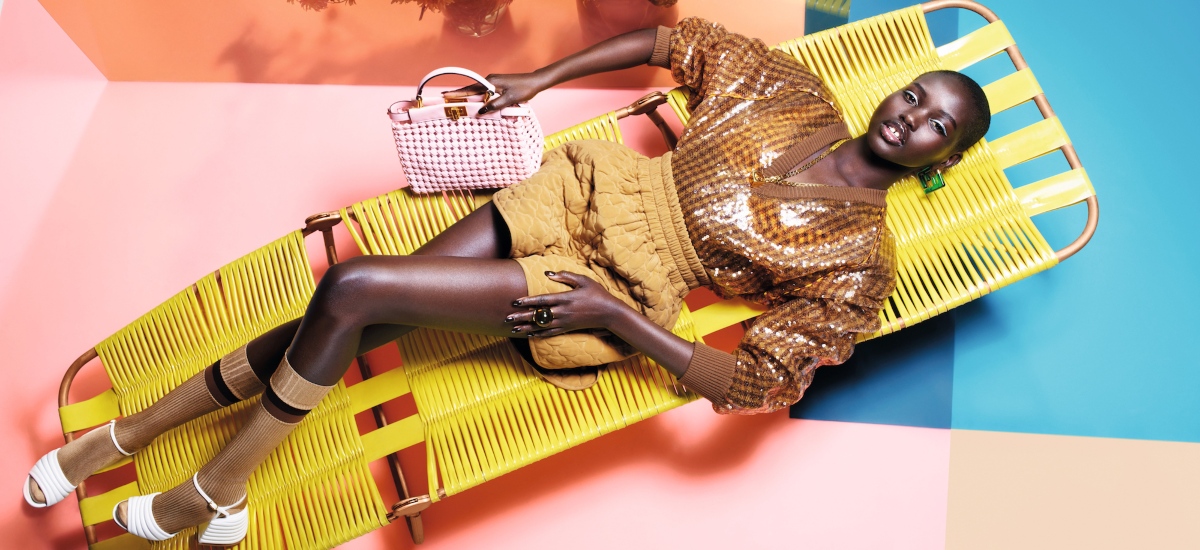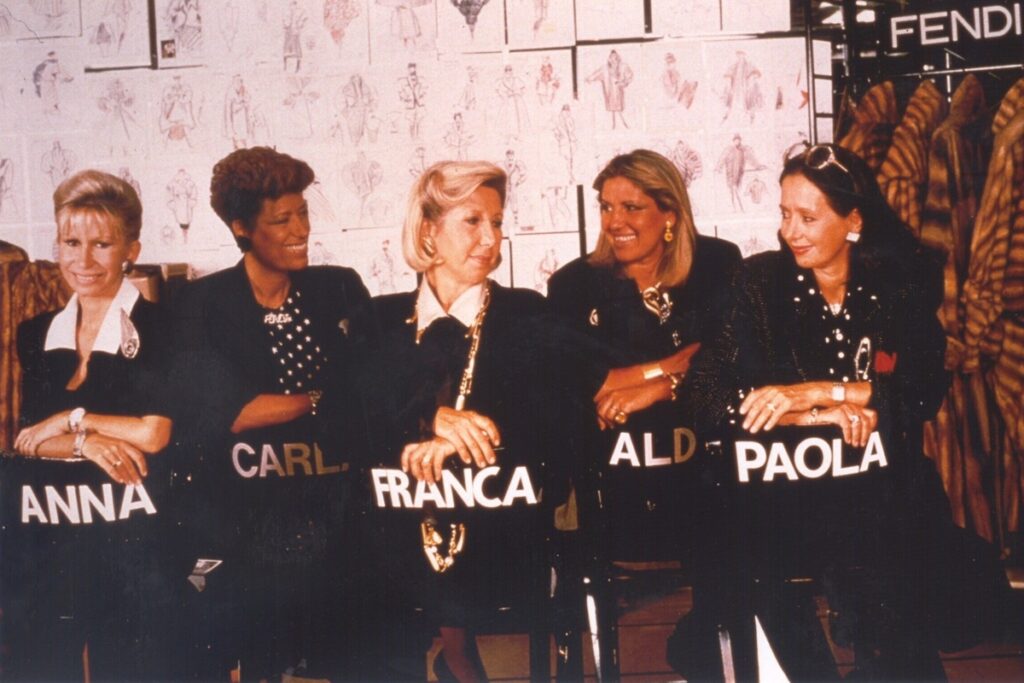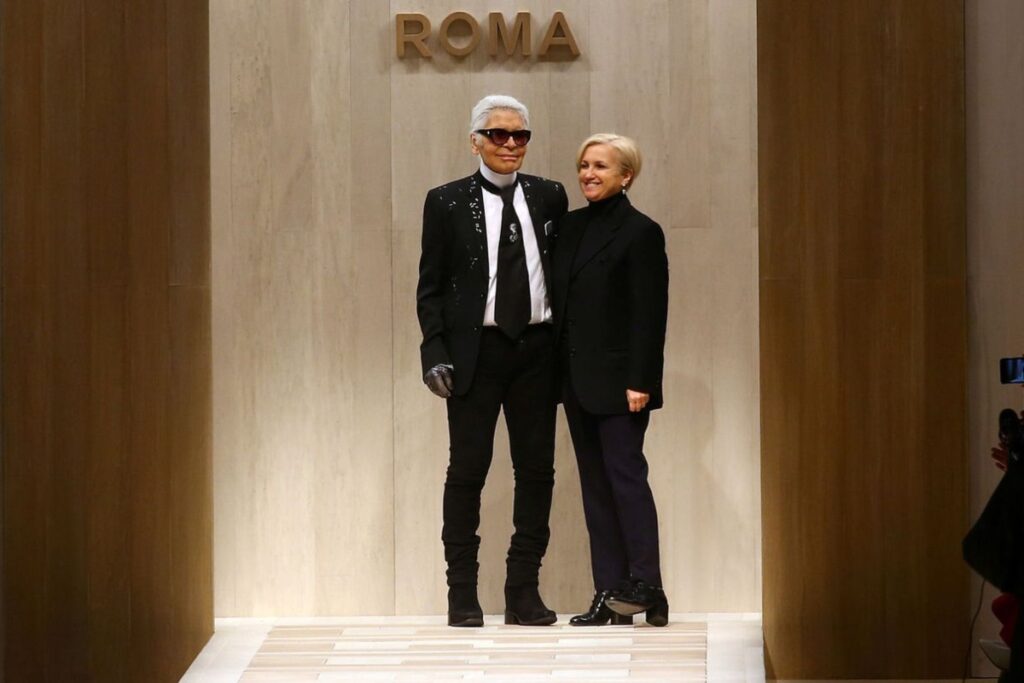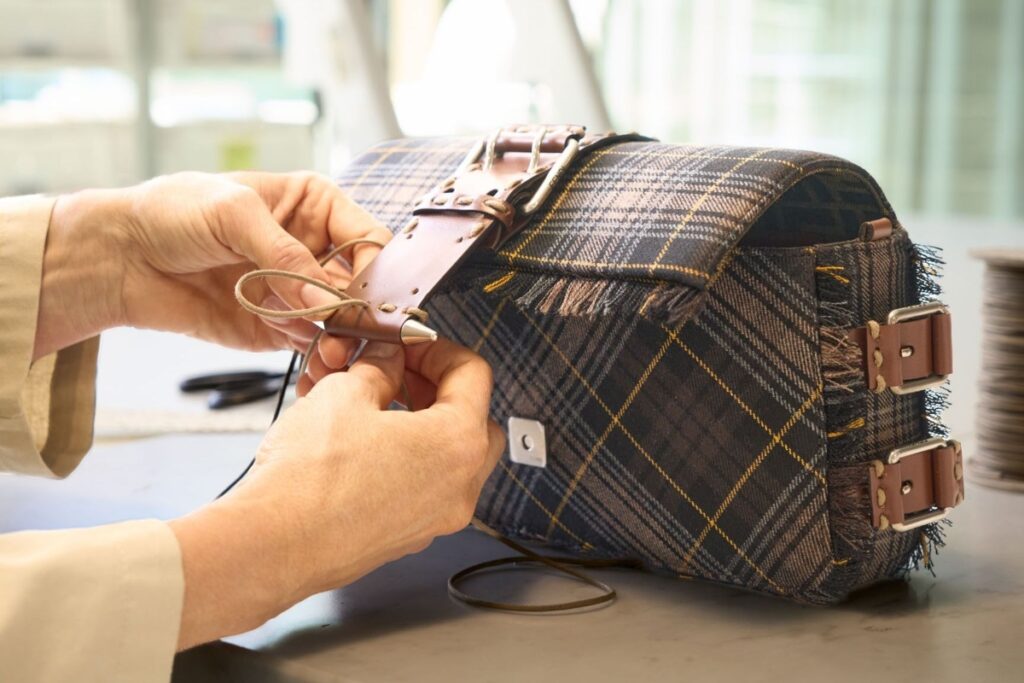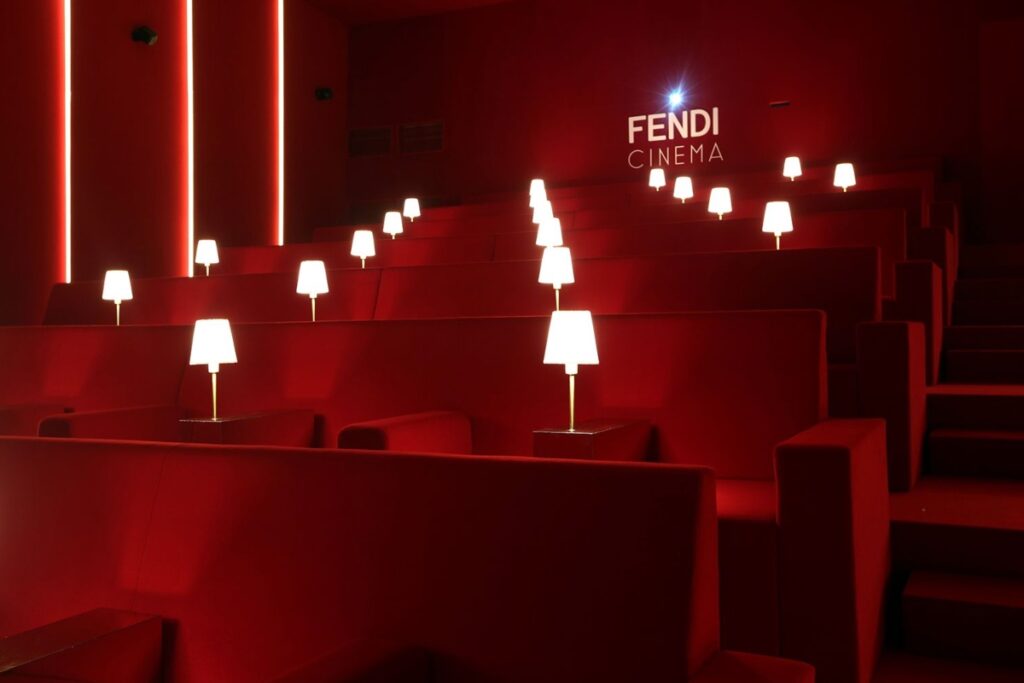Fendi 100 years stands as a testament to Italian craftsmanship, heritage, and innovation.
Throughout its history, visionaries like Karl Lagerfeld have left an indelible mark, redefining elegance and artistic expression in ways that continue to shape contemporary fashion.
Recognized for its unmistakable monogram and groundbreaking designs, Fendi has built an empire around its mastery of fur and leather.
Today, Fendi faces one of its greatest challenges yet: redefining its legacy by embracing innovative and sustainable alternatives while preserving its iconic aesthetic.

